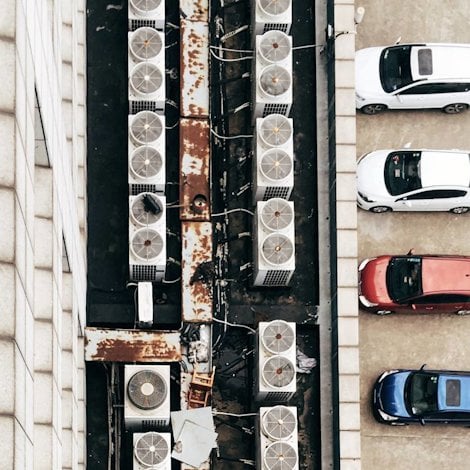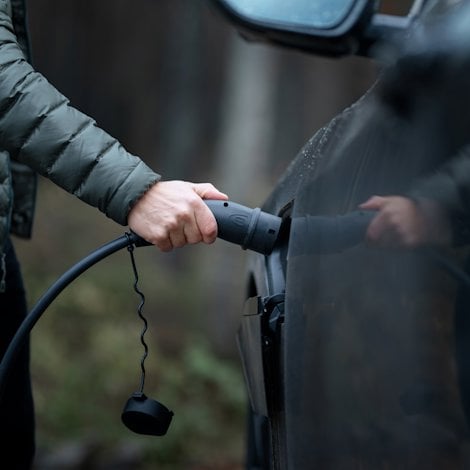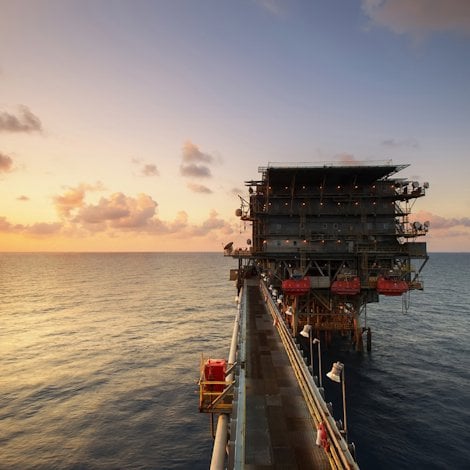Coping with corrosion
With its lightness, high conductivity and low cost, aluminium has proven to be an excellent metal for use in heat exchangers and other HVAC&R applications. It also has very good corrosion resistance if coupled with the right design and coatings.
Corrosion is the deterioration of properties in a material due to reactions with its surroundings. Metals react (oxidize) when they are exposed to water and oxygen.
Aluminium generally corrodes at a low rate when it is exposed to most environmental conditions as a very stable oxide protects it. It copes very well when exposed to many aggressive chemicals and it performs much better than copper when exposed to formic acid or ammonia (as a refrigerant).
It is nonetheless important to understand when aluminium corrosion can occur in HVAC&R applications in order to make the right material and design choices. When it comes to HVAC&R applications, the most common aluminium corrosion processes are pitting corrosion, uniform corrosion and galvanic corrosion.
Pitting corrosion
Micro-galvanic coupling fuels pitting corrosion. Most alloys have several inter-metallic phases. In the pitting form, corrosion of aluminium alloys is essentially a micro-galvanic process between the phases and the matrix alloys.
Uniform corrosion
Aluminium very readily forms an oxide layer that is stable under most environmental conditions. Corrosion of aluminium may take place when the oxide breaks down due to particular environmental conditions influenced by the presence of the following:
- High pH, e.g. alkaline washing detergents or concrete
- Low pH
- HCl
- Formic acid
- Battery acid
- Chlorides
Road salt, sea air
Galvanic corrosion
Galvanic corrosion is an electrochemical process that takes place when two different metals have contact with each other in the presence of an electrolyte (liquid). Under such conditions the more active of the two metals corrodes faster, and the more noble metal is protected. In most combinations with other metals, aluminium is the less noble and is therefore of greater risk of galvanic corrosion.
Design for great results
Selecting the right alloy for the different components and using proper design techniques will help protect against corrosion.
It is important to use coating solutions like zinc or Hydro’s HYBRAZTM/® or HYCOT M/® tube coating solutions. It is also important to consider the tube wall thickness, the brazed joints design and the connection fittings selection, to extend the lifetime of the finished aluminium product by preventing corrosion.
Corrosion is the deterioration of properties in a material due to reactions with its surroundings. Metals react (oxidize) when they are exposed to water and oxygen.








